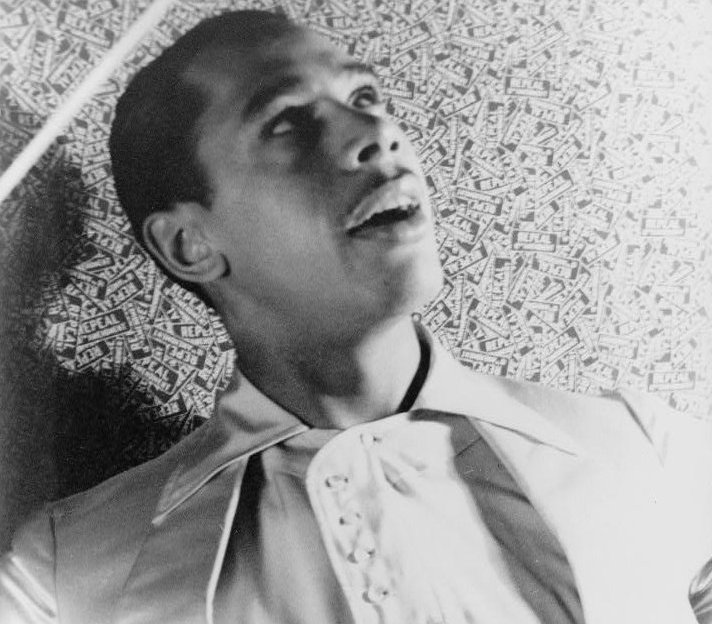[ad_1]
By J. K. Schmid
Slated for demolition this summer, neighbors, architects and the Calloway family have joined together in protest of Baltimore City’s plan to demolish the historic residence.
Druid Heights Community Development Corporation (DHCDC) designs are to replace the multiple Druid Heights blocks, including the 2216 Druid Hill Avenue house, with a park.
The Calloway home neighbors the historic the historic Baltimore Jazz district and is at present situated within the National Black Arts and Entertainment District. The latter district has been allotted millions of dollars to revitalize and preserve Black culture in Baltimore at a time when much of this history has been lost to previous demolitions, neglect and development.

“So, on the one hand, you have all these people, the city, the state, all trying to do something positive, and bring economic development,” said Peter Brooks, Calloway’s grandson, via press release. “Then you have this corporation which is working against that goal.”
The Calloway Home Preservation Group (CHPG) claims, in the same press release, to have a 2,000 signature petition, and further cites a DHCDC survey of community sentiment asking that the 2200 block be preserved.
“When you look at all the best neighborhoods in America – Martha’s Vineyard, Georgetown, Takoma Park, you name it, they don’t demolish buildings, instead they rebuild,” Brooks said. “That’s because you lose all the charm and visual interest of a block when you demolish. They are literally destroying the charm of ‘charm city.’”
Another Baltimore home of Calloway has already been demolished. The currently planned demolition would come after a long chain of Black Baltimore arts and artists erasure. The Royal Theater, for example, has been reduced to its marquee on Pennsylvania Avenue.
CHPG has a counterproposal in hand, a $8 million bid from a buyer to save them home and still provide the needed development to the neighborhood, the press release says.
“You just need to look at Louis Armstrong’s home in Queens, NY or the $10 million Lillie Carroll Jackson Home and museum in Bolton Hill to see there is value in the preservation of important history,” Brooks said. “In fact, it was not until 1926 that black history was even invented by Dr. Carter G. Woodson. He knew that the key to economic, social, religious, and even military domination was in the study of history. Without it, we as a people I’m afraid are lost.”
[ad_2]
Source link

